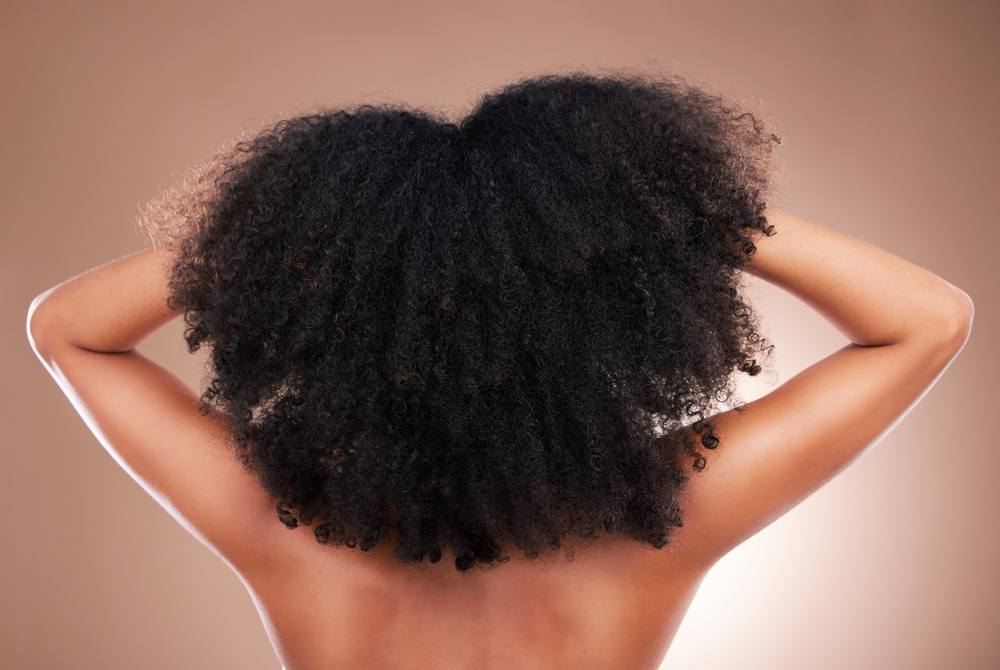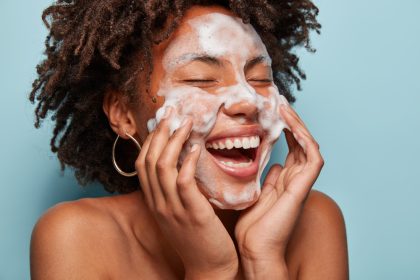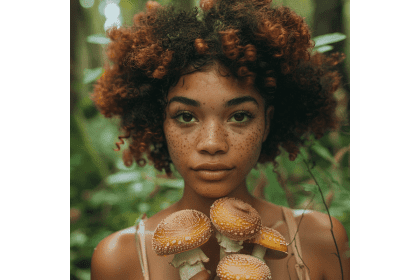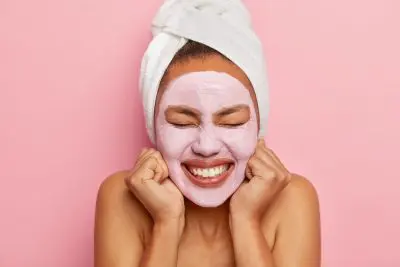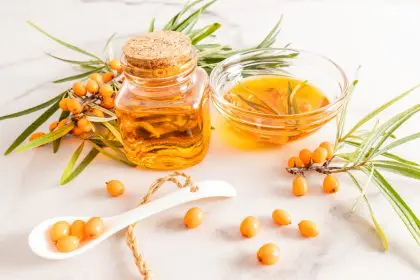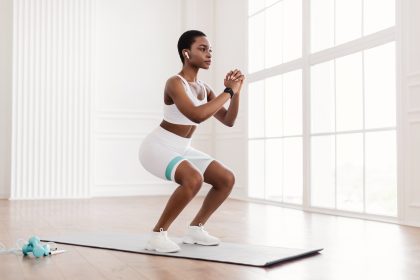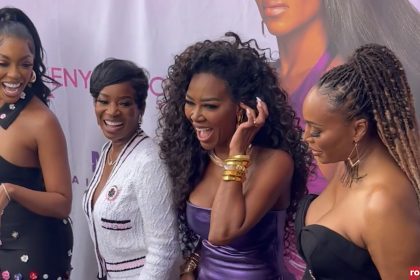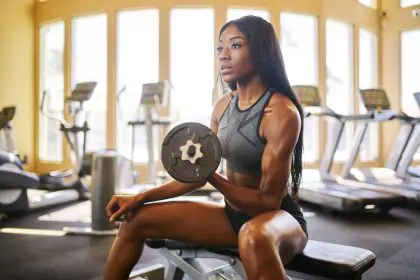Most people choose hair products based on marketing claims or what works for their friends, but your hair’s specific type and texture determine which products and techniques will actually deliver the results you want. The universal approach to hair care that dominates most beauty advice ignores the fundamental differences in how various hair types behave, leading to frustration and damaged hair.
Understanding your hair’s unique characteristics allows you to select products and develop routines that work with your natural texture rather than fighting against it. This knowledge can transform unmanageable hair into your best feature while saving time and money on ineffective products.
The curl pattern classification system decoded
Hair professionals use a numbering system from 1 to 4 to classify curl patterns, with Type 1 being straight, Type 2 wavy, Type 3 curly, and Type 4 coily or kinky. Each category includes subcategories A, B, and C that indicate increasing curl intensity within each type.
Type 1A hair is pin-straight and fine, often resistant to holding curls and prone to looking greasy quickly because oil travels easily down the smooth hair shaft. This hair type needs lightweight products that won’t weigh down the delicate strands while providing just enough moisture to prevent dryness.
Type 2 hair ranges from loose waves (2A) to more defined waves with some frizz (2C), requiring different approaches for each subtype. Type 2A needs volume-enhancing products and gentle styling, while 2C benefits from curl-defining creams and frizz control without heavy oils that can weigh down the wave pattern.
Type 3 curls spiral from loose curls (3A) to tight corkscrews (3C), with each requiring increasingly rich moisturizing products and gentle handling to prevent breakage and maintain curl definition. Type 4 hair includes tightly coiled patterns that need the most moisture and protective styling to maintain health and length.
Porosity affects product absorption and retention
Hair porosity describes how easily your hair absorbs and retains moisture, which dramatically affects which products work best regardless of curl pattern. Low porosity hair has tightly closed cuticles that resist moisture absorption but retain it well once it penetrates.
High porosity hair absorbs products quickly but loses moisture just as fast, requiring different formulations and application techniques than low porosity hair. This difference explains why the same product can work wonderfully for one person and completely fail for someone with similar-looking hair.
Medium porosity hair represents the ideal balance where products absorb moderately and retain moisture reasonably well, making it the easiest hair type to care for with most commercial products working adequately.
You can test porosity by placing a clean strand of hair in water – low porosity hair floats, medium porosity hair sinks slowly, and high porosity hair sinks immediately. This simple test provides crucial information for product selection.
Density and diameter create unique needs
Hair density refers to how many individual strands you have per square inch of scalp, while diameter describes the thickness of each individual strand. These characteristics combine with curl pattern and porosity to create your unique hair profile.
Fine hair has a smaller diameter and requires lightweight products that won’t overwhelm the delicate strands, while coarse hair can handle heavier formulations and needs more intensive conditioning. Medium hair falls between these extremes and typically responds well to standard product formulations.
Low density hair appears thinner overall and benefits from volumizing products and techniques that create the appearance of fullness, while high density hair may become overwhelming without proper thinning and shaping to manage the volume.
The combination of fine, low-density hair requires completely different care than coarse, high-density hair, even if both people have the same curl pattern. Understanding these differences prevents using unsuitable products that can damage or weigh down your specific hair type.
Scalp conditions influence hair health
Oily scalps produce excess sebum that can weigh down fine hair but may not provide enough moisture for coarse, curly hair types. This mismatch between scalp oil production and hair needs requires targeted solutions that address both scalp health and hair requirements.
Dry scalps often correlate with dry hair, but they can also occur with oily hair types, creating confusion about appropriate product choices. Treating scalp conditions separately from hair length ensures both areas receive appropriate care.
Sensitive scalps react to ingredients that don’t bother other hair types, requiring careful product selection and gentle techniques regardless of hair texture. This sensitivity can limit product options and require specialized formulations.
Customized routines maximize hair potential
Straight hair typically needs frequent washing with lightweight shampoos and minimal conditioning to prevent greasiness, while curly and coily hair requires less frequent washing with sulfate-free shampoos and intensive conditioning treatments.
Styling techniques must match hair type – fine hair benefits from volumizing techniques and heat protection, while thick, curly hair needs moisture-sealing methods and protective styling to prevent damage.
Product layering works differently across hair types, with fine hair requiring minimal products applied lightly, while coarse, curly hair may need multiple products applied generously to achieve desired results.
Regular assessment of your hair’s needs allows for seasonal adjustments and accounts for changes due to aging, hormones, chemical treatments, or environmental factors that can alter your hair’s characteristics over time.

